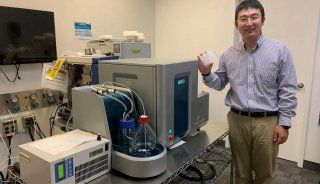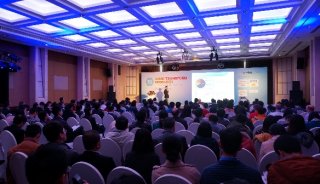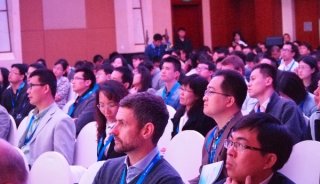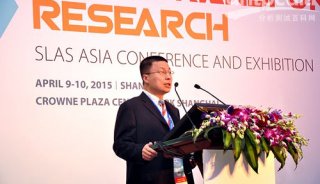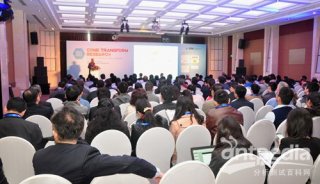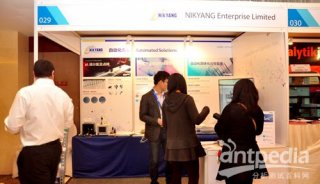实验室自动化与筛选协会2013亚洲会展短期培训课程简介
短期培训课程I :生物制剂研发中的高通量筛选
Junma Zhou,博士,上海药明康德新药开发有限公司
刘洁颖博士,上海药明康德新药开发有限公司
In Scope of Short Course
- Overview of high-throughput techniques in terms of therapeutic antibody lead finding
- Details of antibody screening assay design and case studies, along with discussions of the relative strengths of different assay formats in therapeutic antibody discovery
Focus
- Methods in high-throughput screening that characterize the binding and mode of action for antibodies to target proteins
- High-throughut binding screen using FACS and homogeneous assays that overcome problems with automating ELISA
- Binding affinity screen and epitope binning in lead finding using high-throughput, label-free assays
The therapeutic market for monoclonal antibodies has grown fast. The rapid screening of hybridoma and phage supernatants for antibodies is central to efficient antibody generation. Here we introduce the homogeneous assay using a newly developed equipment Mirrorball which is a laser-scanning fluorescence microplate cytometer. Compared to the traditional screen method using ELISA, this system is more robust, requires smaller sample size and is able to reliably detect antibodies targeting low-abundance cell-surface proteins. We will discuss how to use this technique for antibody screening in both cell-based and bead-based assays.
During the process of therapeutic antibody discovery, in most cases supernatants from hybridoma and phage are not suitable for functional assays. Therefore when facing thousands of hits against target proteins subsequent to primary binding screen, effective methods are needed to further narrow down the number of drug candidates using biochemical assays. In this short course we will discuss how the SPR-based label-free assays enables screening of antibody binding characteristics; how to use these assays to characterize the epitope binding regions for antibody panels, facilitate their organization into epitope groups or bins and how antibody on/off rates data are used to guide clone selection and antibody engineering studies.
短期培训课程II : 肿瘤药物发现中的细胞分析测验方法的开发
沈余红博士
上海药明康德新药开发有限公司,肿瘤学部,高级主任
Recent advancesof targeted therapies havegreatly shifted the drug discovery paradigm. With the much better understanding of the molecular and cellular mechanisms of tumor formation and cancer as a disease, reliable cell based assays which truthfully reflect the mechanism of the targets and assess phenotypes most directly associated with the target mechanism have become a critical component of oncology drug discovery for both new chemical entities and biologics. Especially in small molecule drug discovery, once the targets are validated, new chemical entities are screened in a variety of activity assays to determine the effectiveness of the chemical entities. These assays are often organized with the flow of the primary biochemical assays to measure activity against the target of interest, followed by the cell based assays to determine the effectiveness of the compounds to the specific targets or to the cell functions. These cell-based assays are highly demanded and valuable to predict in vivo efficacy of the compounds and guide in vivo studies.
Compared with biochemical assays, cell based assays involve many more variables. Thus many parameters such as assay formats and conditions including cell line selection, cell growth conditions, other pathway interference etc. need to be carefully evaluated and controlled to establish reliable assays. In this short course, we will address the challenges and guiding principles of setting up reliable and robust cell based assays through some case study examples. We will focus on discussing some of the highly used mechanism based cell based assays such as ELISA, In-Cell Western or AlphaScreen, as well as some of the widely used oncology cell based phenotypic assays such as viability and proliferation, apoptosis assays, colony formation assays, migration and angiogenesis assays etc.
短期培训课程III : 受体利用率:一个研究体外活性与体内效能相关性的方法
乐思远博士
上海药明康德新药开发有限公司
G蛋白偶联受体家族已然成为今后制药业药物靶点研究的重中之重,研究配体-受体相互作用机理以及受体激活和失活产生的功能性结果对于众多功能性紊乱疾病的药物研发有着重要意义。
这堂课我们会简要的介绍机体组织水平的受体结合研究,包括在体外利用啮齿动物脑组织提取细胞膜进行的G蛋白偶联受体结合试验。与体内受体的表达水平相比,重组受体表达系统的表达量往往会高上成千上万倍。我们将以昆虫病毒BacMam系统为例,为大家讲解它独特的受体表达调控机理以及基于该系统开发的各种检测平台。
配体与受体的研究,关键是要找到药物在体内与目标靶点作用时能够产生持续药效的浓度,这正好可以通过对受体利用率的研究来实现,该方法对于研究体外活性与体内效能的相关性至关重要,它能为前临床研究提供有效的剂量依据。我们会对在前临床与临床阶段利用多种途径(离体,体内,匀浆或放射自显影技术)对受体利用率进行定量检测的这种方法及其作用进行讨论,并用几个实例来说明该方法在转译神经科学领域的重要地位。
-
产品技术
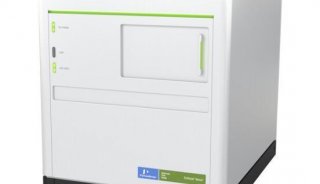
-
企业风采
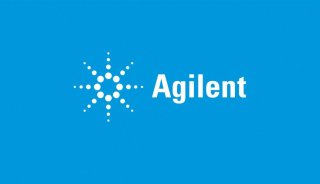
-
企业风采

-
企业风采

-
产品技术
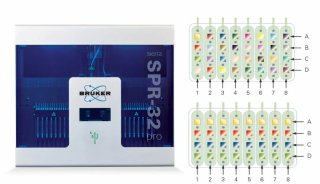
-
产品技术
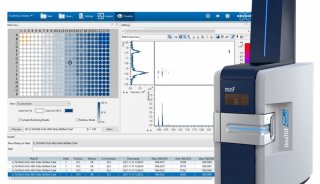
-
产品技术
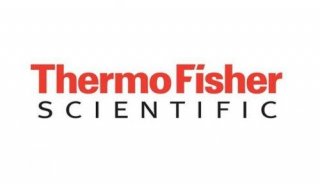
-
产品技术













